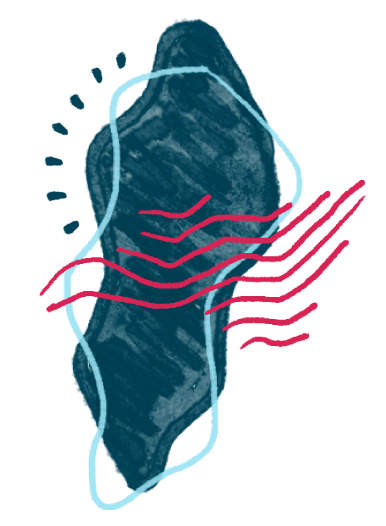The growing importance of accessibility in healthcare user experiences (UX) cannot be overstated. According to the World Health Organization (WHO), over 1 billion people worldwide live with some form of disability. Many patients also struggle with limited health literacy or language barriers when navigating healthcare platforms such as patient portals, scheduling apps, and telemedicine services. Without inclusive UX design, these individuals face significant obstacles in accessing critical health services.
By prioritizing accessibility, healthcare providers can ensure equitable care for all patients, reducing disparities and improving overall health outcomes.
UX Accessibility and Its Importance in Healthcare
Accessibility in UX refers to designing platforms, applications, and interfaces that can be easily used by everyone, regardless of their abilities or limitations. In the healthcare sector, where clear communication and intuitive navigation can be the difference between effective care and patient confusion, accessible design is crucial. Healthcare platforms must accommodate individuals with visual, auditory, motor, and cognitive impairments while also considering language and literacy challenges.
The Benefits of Accessible and Tailored UX in Healthcare
Accessible UX in healthcare benefits all stakeholders by bridging communication gaps and promoting inclusivity. Some of the key advantages include:

- Patient empowerment. Well-designed, accessible platforms enable patients to take control of their health. Features such as clear navigation, voice-assisted options, and simplified language help individuals schedule appointments, access medical records, and understand treatment plans with ease.
- Broader reach. An inclusive design allows healthcare organizations to serve a wider patient base, including those with disabilities and language barriers. By implementing accessibility features such as screen reader compatibility, multilingual support, and high-contrast visuals, providers can cater to diverse populations and ensure no one is left behind.
- Trust and engagement. When patients can easily access and understand healthcare platforms, they are more likely to trust and engage with healthcare providers. A seamless user experience fosters stronger patient-provider relationships, encouraging continued use of digital health tools and services.
The Consequences of Poor UX Design
Neglecting accessibility in healthcare UX design can result in serious consequences, including:
- Patient confusion and risk. Unclear or overly complex interfaces may lead to misinterpretation of medical instructions, delayed diagnoses, or medication non-adherence, jeopardizing patient safety.
- Inefficiencies for healthcare professionals. Poorly designed platforms hinder healthcare professionals (HCPs) from efficiently accessing critical patient data, potentially delaying care and increasing the risk of errors.
- Erosion of trust and increased costs. When patients and providers struggle with usability, it reduces trust in digital healthcare solutions, discourages adoption, and leads to higher operational costs due to increased support requests and inefficiencies.
The Role of Linguistic Services in Improving User Experience
Language plays a crucial role in creating inclusive and effective user experiences. Linguistic services enhance healthcare UX by addressing key areas:

- Cultural relevance. Adapting content to align with cultural norms, idioms, and regional preferences ensures that healthcare materials resonate with diverse audiences.
- Simplified communication. Translating complex medical jargon into plain, everyday language enhances understanding, particularly for patients with limited health literacy.
- Assistive compatibility. Ensuring text and audio content are accessible via screen readers and other assistive technologies broadens usability.
- Consistency across channels. Harmonizing tone, terminology, and formatting across apps, websites, and printed materials enhances the overall user journey, reducing confusion and improving accessibility.
Conclusion
Accessibility in healthcare UX is vital for ensuring equitable and effective patient care. By prioritizing inclusive design, healthcare organizations can empower patients, improve engagement, and enhance the efficiency of healthcare professionals.
As digital healthcare continues to evolve, providers must commit to creating user-friendly, accessible experiences that cater to all individuals, ultimately leading to better health outcomes and a more inclusive healthcare system.








































